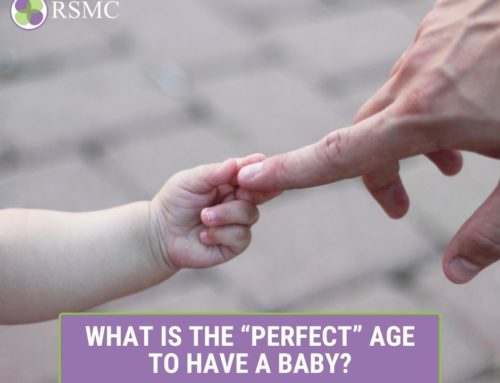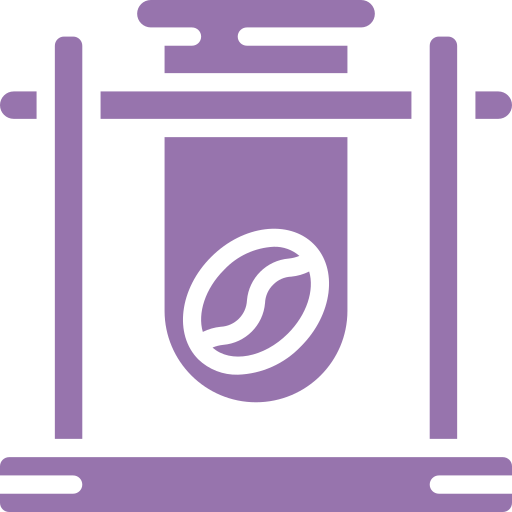Intrauterine Insemination or IUI is a type of assisted reproductive technology, in which sperm is injected into the uterus to improve fertilization success rates. We (RSMC fertility clinic – San Diego & Irvine) will discuss the circumstances in which IUI process isn’t recommendable or effective. We will also go over the risks of multiple births associated with its use.
The Contraindications Associated with IUI
1. Advanced Age for IUI
After the age of 30, the probability of a woman conceiving naturally decreases significantly. It declines further after age 35 and rapidly after age 40. The reason for this drop is that a woman’s eggs become less viable after the age of 30. Women under the age of 35, who receive injectable fertility drugs have about a 10–12% chance of getting pregnant. At age 40, the same women would have about a 2% chance. Therefore, IUI is best suitable for women under 35. Ages between 35 and 40 is a gray area.
2. Significant Infertility in Male
Despite what others may say, in cases of male infertility, IUI process does not improve success rates compared to regular well-timed intercourse. The best method to increase the chance of pregnancy is through in vitro fertilization (IVF) and intracytoplasmic sperm injection (ICSI) when it comes to male infertility.
3. Tubal Damage & IUI
Post – Pelvic Inflammatory Disease (PID):
It is important to know that fallopian tubes do not just provide a passage for the sperm, the egg and embryo, but instead are vital organs which serve an intricate purpose in the reproductive process. They ensure that the transport of sperm takes place in the direction of the ovaries. Additionally, the fimbriae attach themselves to the ovaries from the point the egg is being released to carry it back down the tube towards the uterus. While on its way back the egg meets the sperm and fertilization occurs. The tubes then carry the resulting embryo towards the uterine wall for implantation.
PID is the most common cause of Fallopian tube damage. If one fails to treat it early enough, it can cause permanent damage to the lining of the fallopian tubes. In severe cases the fimbria fuse, which compromises egg pick-up while completely blocking the tubes.
Damage by PID & It’s Medication:
PID usually affects both tubes, and in some cases one can be more damaged than the other. But all of them are damaged to a certain degree. For this reason, even though they may be surgically repaired, the risk of tubal pregnancy and reduced fertility still remains. Hence, the use of fertility medications to induce ovulation or the use of microsurgery to open fallopian tubes and remove surrounding adhesions are often not curative of infertility. In cases where pregnancy occurs, the result is often an ectopic pregnancy. This also explains the fact that the pregnancy rate following ovulation induction is likely to be much lower in women with PID. Thus, women with a medical history of PID should consider IVF process as the best option.
Post – Tubal Ligation:
The same is true following the successful reconnection of previously tied Fallopian tubes. Even with successful surgical re-establishment of the tubes, there is a degree of harming the inner lining of the tubes or shortening them. Even when the tubes are normal, the birth rate for every IUI cycle is about 10%. Following any form of tubal damage the birth rate per IUI cycle is 5–10 times lower. Therefore, IUI process cannot be justified in such cases, and IVF process becomes the most viable option.
Contact RSMC – San Diego & Irvine Fertility clinic for more information.
4. Endometriosis
While there is no specific explanation for the cause of endometriosis, immunologic dysfunction is an apparent feature of this disease. It creates a toxic environment around the pelvis. This makes it difficult for the egg to pass through and reach the sperm. Even in a situation where the egg manages to reach the uterus and meet the sperm for fertilization, immunologic factors associated with endometriosis increases the risk of rejecting the embryo. When this happens, women may experience repeated “mini miscarriages”.
Despite all the anti-fertility factors surrounding endometriosis, some women have a healthy pregnancy on their own or following ovarian stimulation using fertility drugs. Also, for women over the age of 35 whose egg quality is on the decline, IVF process is the best solution.
Fertility Drugs and Multiple Births
Women with a normal ovulation cycle usually develop several follicles during the first week of their cycle. All but one or two of the follicles fail to develop to the point of being eligible for ovulation. The one or two follicles selected for ovulation will be larger than the remaining follicles. The remaining follicles will not follow suit. As a result, normal ovulating women do not have a greater chance of having multiple births.
However, women with irregular or dysfunctional ovulatory cycles or who do not ovulate at all, lack the ability to select one or two follicles for ovulation. Therefore, fertility drugs help stimulate the ovaries making several follicles develop at the same rate, and several eggs can be ovulated simultaneously. This results in a higher probability of pregnancy, and a greater chance of multiple pregnancies. Another alternative to avoid the potential for multiple births is IVF process, where the potential number of babies can be limited by the number of embryos transferred. (Learn Why Single Embryo Transfer Works).
Conclusion
Before selecting the best fertility option, do your own research. This will save you both time and money. At RSMC fertility clinic – San Diego & Irvine, we are here to give you all the necessary support to ensure your program’s success. To know more about IUI Process, it’s success rate and much more visits our website. Do not hesitate to contact us at 858-436-7186 to Schedule a consultation.























